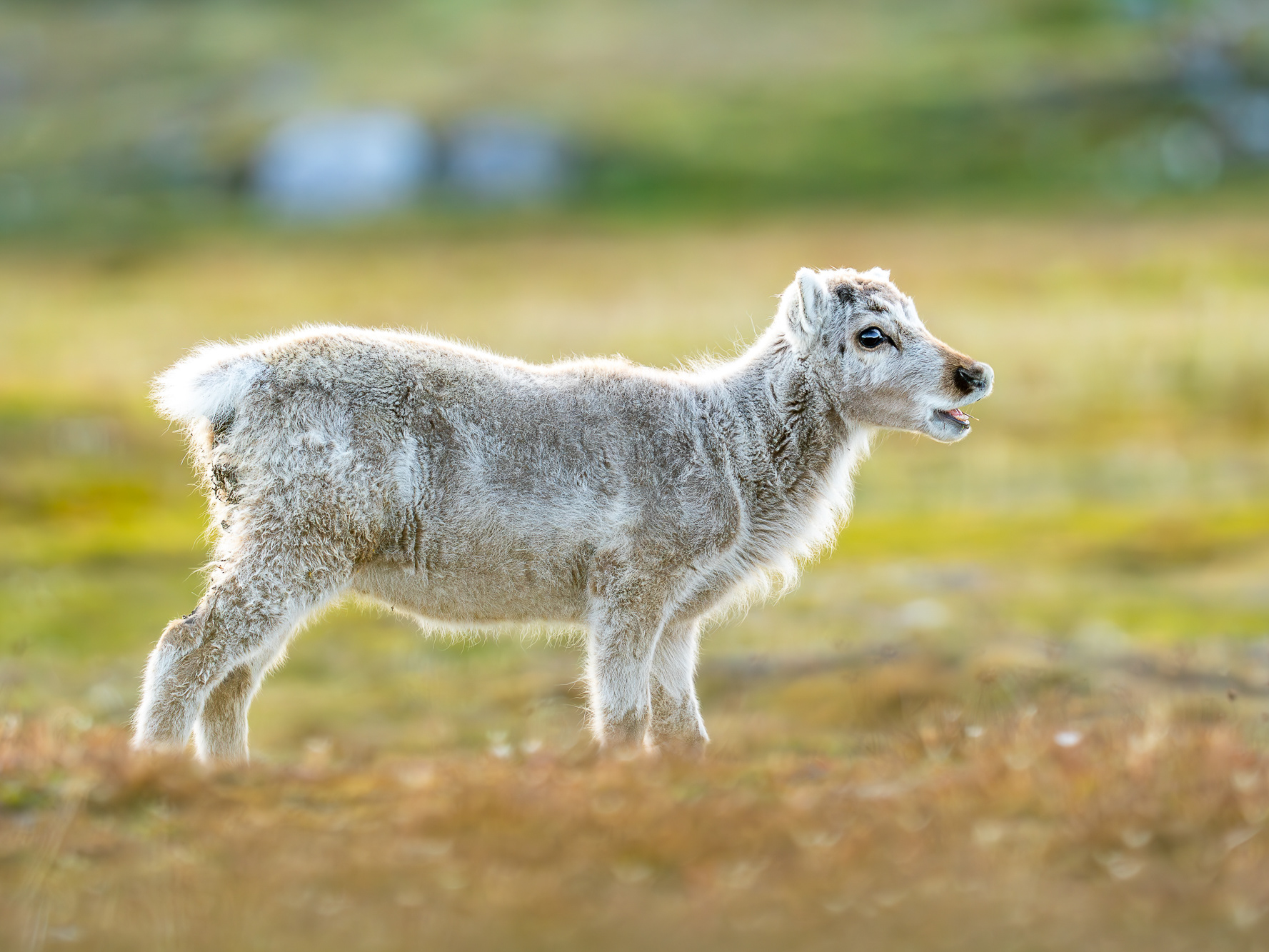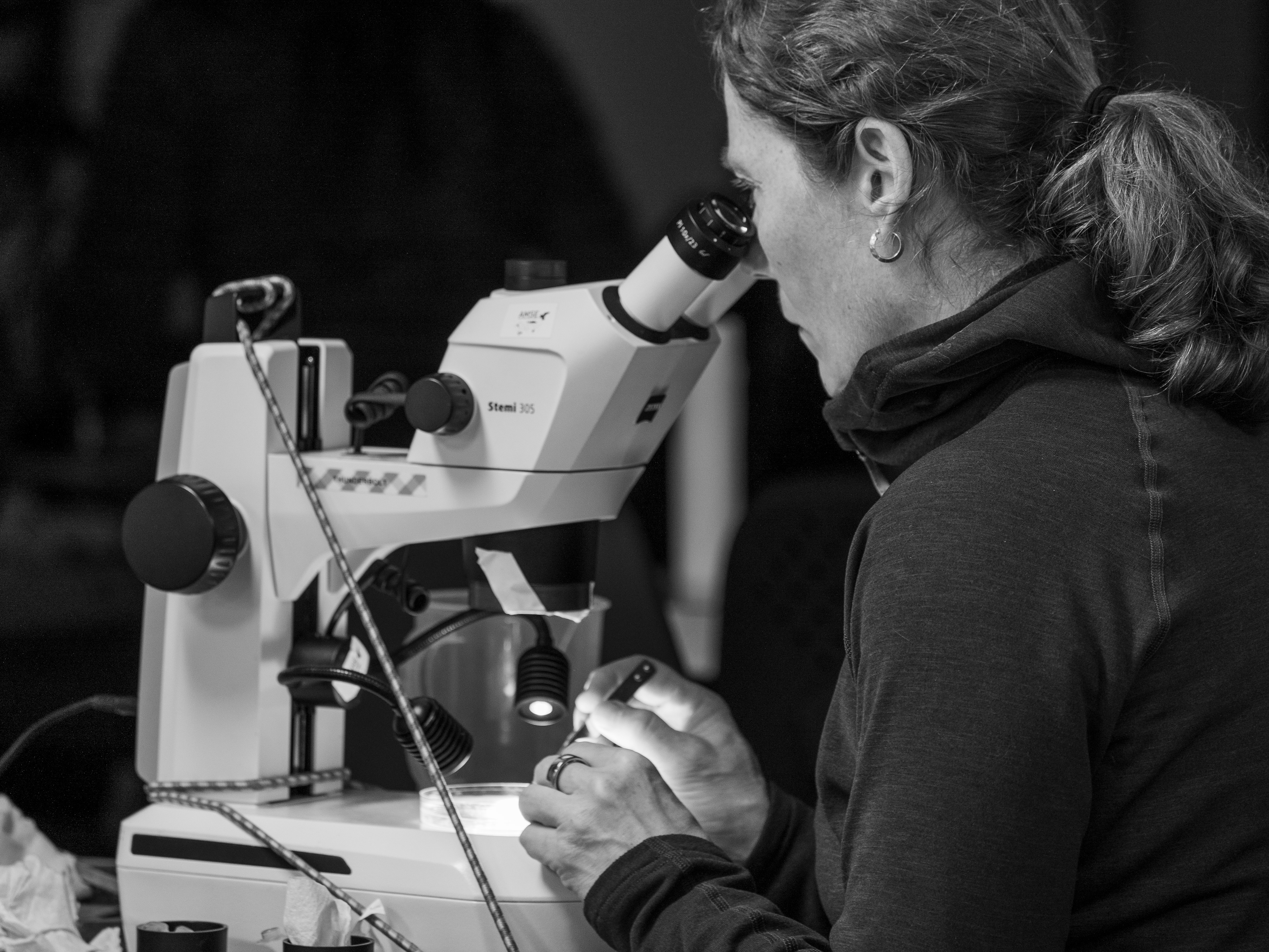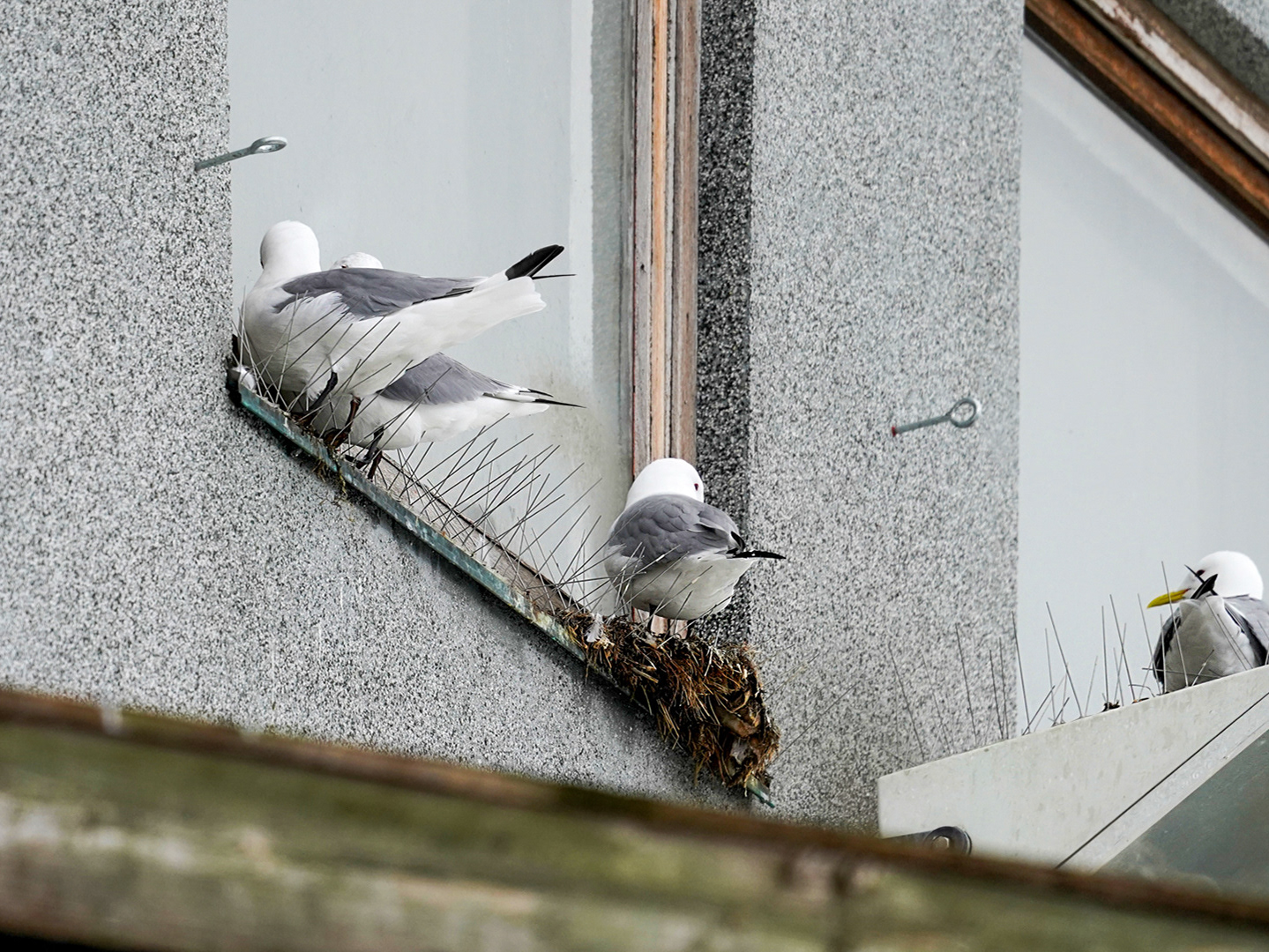A young Arctic fox already in its winter coat enjoying the last rays of midnight sun. ©Aztrid Novillo
The midnight sun period lasts from April 20 to August 22. ©Aztrid Novillo
Unfortunately, the sea ice continues to melt rapidly, affecting the habitats of all Arctic wildlife that depends on it. According to the Norwegian Polar Institute, Svalbard is experiencing climate change at an accelerated rate. It is warming twice as fast as the rest of the Arctic and seven times faster than the global average. Polar bear and glaucous gull. ©Aztrid Novillo
Svalbard Ptarmigan. (Lagopus muta hyperboreal). ©Aztrid Novillo
Arctic fox moulting. ©Aztrid Novillo
Barnacle goose with goslings. ©Aztrid Novillo






